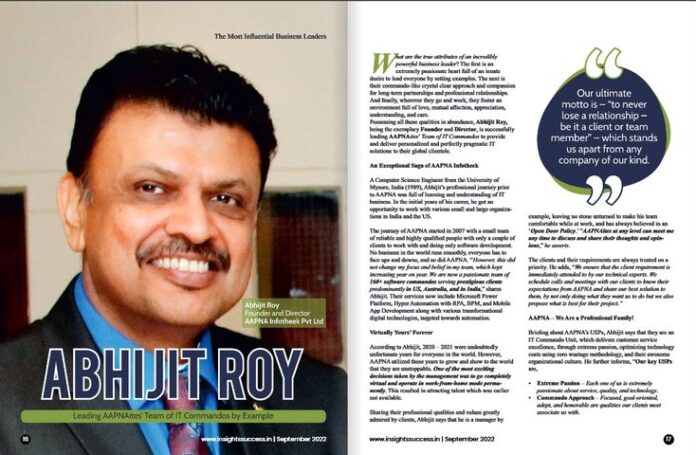Exploring the hidden and abandoned corners of urban landscapes has long been a captivating pursuit for adventurous individuals. From decaying factories to forgotten infrastructure, the allure of discovering the unseen and uncovering the stories behind these forgotten spaces is a powerful draw for those with a thirst for adventure and a curiosity about the world around them.
Introduction
Urban exploration, or “urbex” as it is often called, is the act of infiltrating and exploring man-made structures, often those that have been abandoned or are off-limits to the general public. These structures can range from derelict buildings and industrial complexes to underground tunnels, sewers, and even abandoned military installations. The practice of urban exploration has gained popularity in recent years, with people from all walks of life drawn to the thrill of discovery and the opportunity to uncover the hidden histories of their cities.
History of Urban Exploration

The roots of urban exploration can be traced back to the early 20th century, when individuals began to venture into abandoned and forgotten spaces in search of adventure and exploration. During the post-war period, as cities underwent rapid industrialization and development, many older structures were left to decay, providing urban explorers with a wealth of opportunities to investigate and document these forgotten spaces.
The Rise of Urbex Culture
In the 1980s and 1990s, the practice of urban exploration began to gain more widespread attention, with the emergence of dedicated online communities and the proliferation of urban exploration-themed publications and documentaries. This helped to raise the profile of the activity and attract a new generation of enthusiasts, who were drawn to the sense of adventure and the opportunity to explore the hidden histories of their cities.
The Influence of Technology
The advent of digital cameras and the internet has also played a significant role in the evolution of urban exploration. Explorers are now able to document their experiences and share them with a wider audience, creating a global community of like-minded individuals who can connect and share their discoveries. This has helped to further popularize the practice and has also led to the development of more organized and structured urban exploration groups and events.
Reasons for Urban Exploration

There are a variety of reasons why people are drawn to the practice of urban exploration. For many, it is the sense of adventure and the thrill of the unknown that appeals to them, as they venture into spaces that are off-limits to the general public and uncover the hidden histories and stories of these forgotten places.
Curiosity and Discovery
One of the primary motivations for urban explorers is the desire to satisfy their curiosity and uncover the unknown. By exploring abandoned and forgotten spaces, they are able to gain a unique perspective on the history and development of their cities, and to discover the stories and legacies that are hidden behind the facades of modern urban landscapes.
Appreciation for Architecture and Design
Many urban explorers are also drawn to the aesthetic and architectural qualities of the structures they explore. Abandoned buildings and industrial complexes often feature striking and unique designs, which can provide a fascinating glimpse into the engineering and architectural trends of the past. For some, the opportunity to document and preserve these structures is a key motivator for their exploration.
Documenting History and Culture
Urban exploration can also serve as a form of historical and cultural preservation, as explorers document the stories and legacies of the spaces they explore. By capturing photographs, videos, and written accounts of these forgotten places, urban explorers are able to create a record of the past that might otherwise be lost to time and neglect.
Popular Urban Exploration Destinations
While urban exploration can take place in a wide variety of settings, there are certain locations that have become particularly popular destinations for urban explorers. These include:
Abandoned Factories and Industrial Complexes
One of the most common targets for urban exploration are abandoned factories and industrial complexes, which often feature striking architectural designs and provide a glimpse into the industrial history of a city. These spaces can range from massive steel mills and manufacturing plants to smaller workshops and warehouses, each with their own unique character and stories to uncover.
| Location | Architectural Features |
|---|---|
| Bethlehem Steel Plant (Bethlehem, PA) | Massive blast furnaces, rolling mills, and other industrial machinery |
| Packard Automotive Plant (Detroit, MI) | Art Deco-inspired design, expansive floor plans |
| Sloss Furnaces (Birmingham, AL) | Massive blast furnaces and cooling towers |
Abandoned Hospitals and Asylums
Another popular destination for urban explorers are abandoned hospitals and mental health facilities, which often feature impressive architectural designs and a haunting sense of history. These spaces can provide insight into the evolution of medical care and the treatment of mental illness, as well as the stories of the patients and staff who once occupied these buildings.
- Pennhurst Asylum (Spring City, PA)
- Trans-Allegheny Lunatic Asylum (Weston, WV)
- Athens Lunatic Asylum (Athens, OH)
Abandoned Schools and Universities
Abandoned schools and universities can also be a rich source of exploration, offering a glimpse into the educational history of a community and the stories of the students and teachers who once occupied these spaces. From crumbling classrooms to forgotten libraries, these sites can provide a unique perspective on the evolution of education and the legacies of the institutions that once thrived within them.
- Waverly Hills Sanatorium (Louisville, KY)
- Hawkins State Hospital (Hawkins, TX)
- Eloise Psychiatric Hospital (Westland, MI)
Safety Tips for Urban Exploration
While the thrill of urban exploration is a big part of the appeal, it is also important to approach these activities with caution and a focus on safety. Urban exploration can be inherently dangerous, with the potential for structural instability, hazardous materials, and even legal issues. Here are some tips for staying safe while engaging in urban exploration:
Proper Preparation and Planning
Before embarking on an urban exploration adventure, it is important to do your research and plan your excursion carefully. This includes gathering information about the site, understanding the potential risks, and ensuring that you have the proper equipment and gear to navigate the space safely.
Proper Protective Gear
When exploring abandoned and potentially hazardous spaces, it is essential to wear the appropriate protective gear, such as hard hats, gloves, and sturdy boots. This can help to mitigate the risk of injury from falling debris, sharp objects, or other hazards.
Avoiding Trespassing and Legal Issues
It is important to be mindful of the legal implications of urban exploration, as many of the spaces that are targeted by urban explorers are private property or off-limits to the general public. It is crucial to research the local laws and regulations and to avoid trespassing or engaging in any illegal activities.
Maintaining Situational Awareness
Throughout the exploration process, it is essential to maintain a high level of situational awareness and to be vigilant for any potential hazards or risks. This may include being aware of your surroundings, monitoring for signs of structural instability, and being prepared to exit the space quickly if necessary.
Ethical Considerations in Urban Exploration
While the thrill of urban exploration is undeniable, there are also important ethical considerations to keep in mind. As with any activity that involves exploring and documenting private or forgotten spaces, urban explorers have a responsibility to respect the integrity of these sites and to consider the potential impact of their actions.
Preserving Abandoned Spaces
One of the key ethical considerations in urban exploration is the need to preserve the integrity and historical value of the spaces that are being explored. This may involve refraining from damaging or removing artifacts, as well as avoiding the creation of graffiti or other forms of vandalism.
Respecting the Privacy of Others
Another important ethical consideration is the need to respect the privacy and dignity of those who may have once occupied these spaces. This may involve avoiding the documentation or disclosure of personal information or sensitive materials, as well as being mindful of the potential impact that urban exploration can have on the surrounding community.
Promoting Responsible Exploration
Finally, urban explorers have a responsibility to promote responsible and ethical exploration practices, both within their own communities and to a wider audience. This may involve educating others about the importance of safety, the need to respect the integrity of abandoned spaces, and the potential legal and social consequences of irresponsible exploration.
Conclusion
Urban exploration is a captivating and multifaceted pursuit that offers a unique perspective on the hidden histories and forgotten spaces of our cities. Whether it is the thrill of discovery, the appreciation of architectural design, or the desire to document and preserve the legacies of the past, the allure of urban exploration continues to draw in a diverse array of enthusiasts from around the world.
As the practice of urban exploration continues to evolve and gain popularity, it will be important for practitioners to remain mindful of the ethical and safety considerations that come with this type of activity. By approaching urban exploration with a sense of responsibility and respect, explorers can continue to uncover the stories and legacies that lie beneath the surface of our urban landscapes, and to share these discoveries with a wider audience in a way that is both meaningful and impactful.









